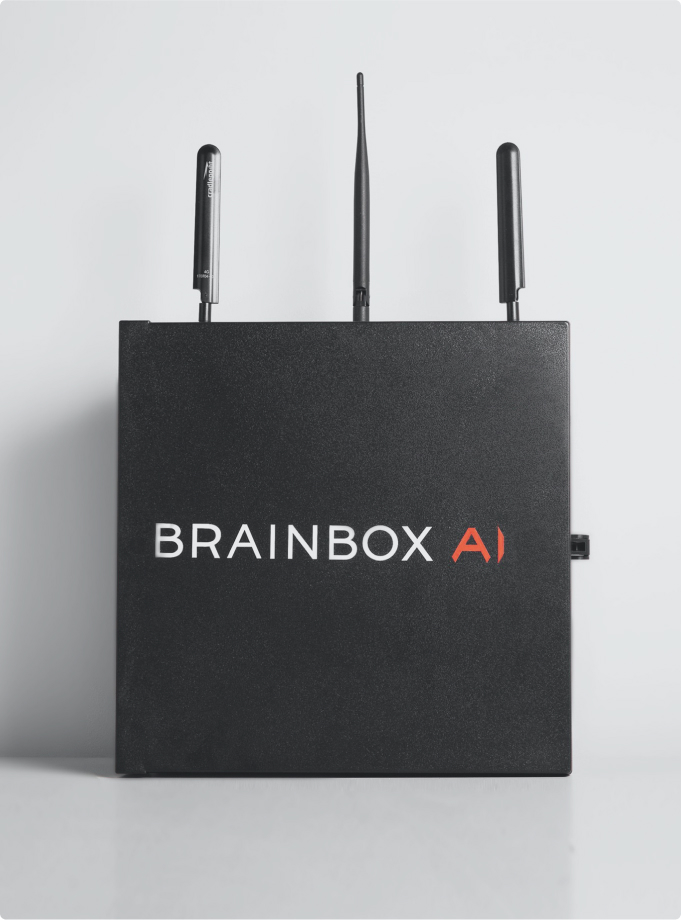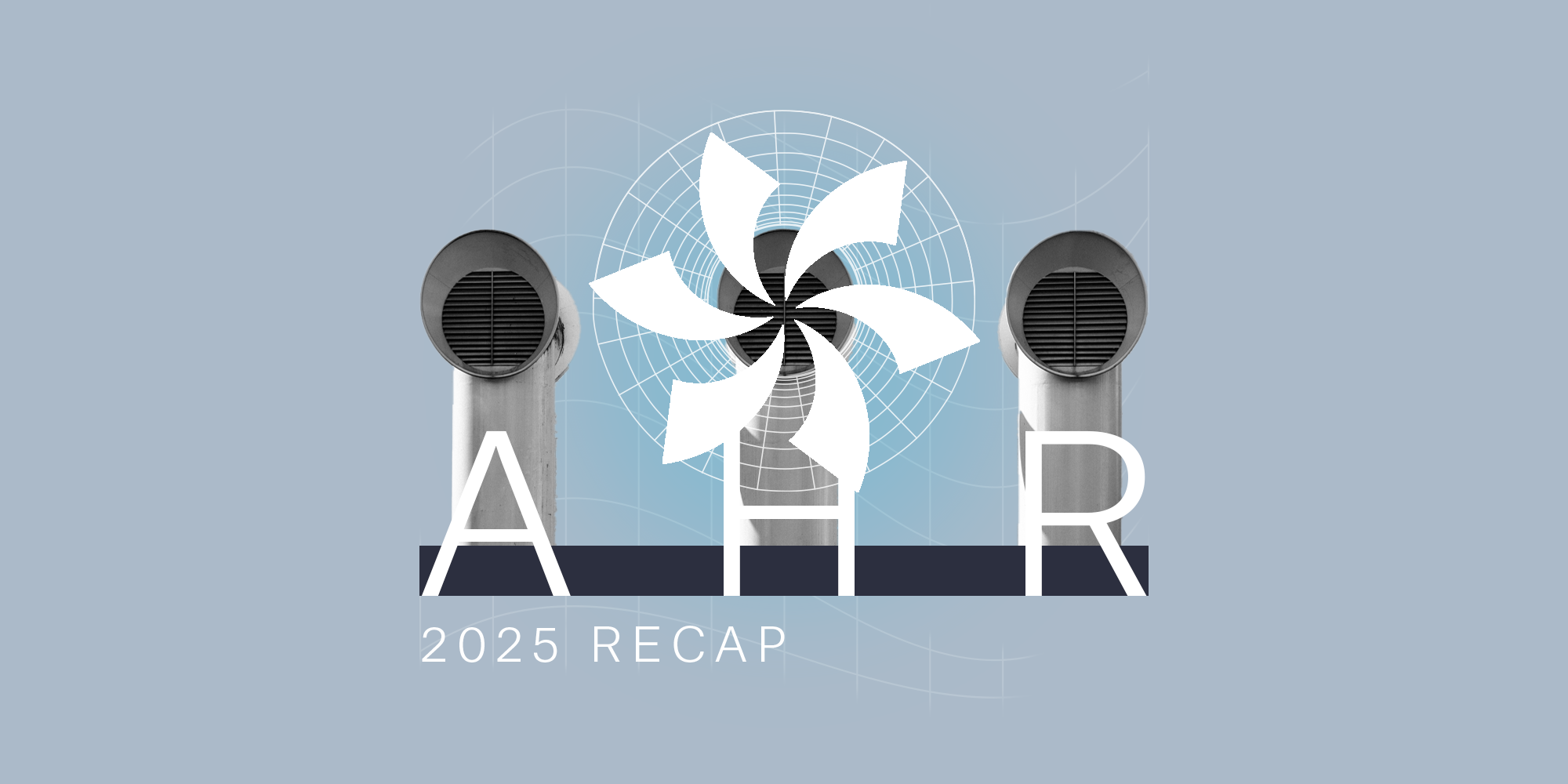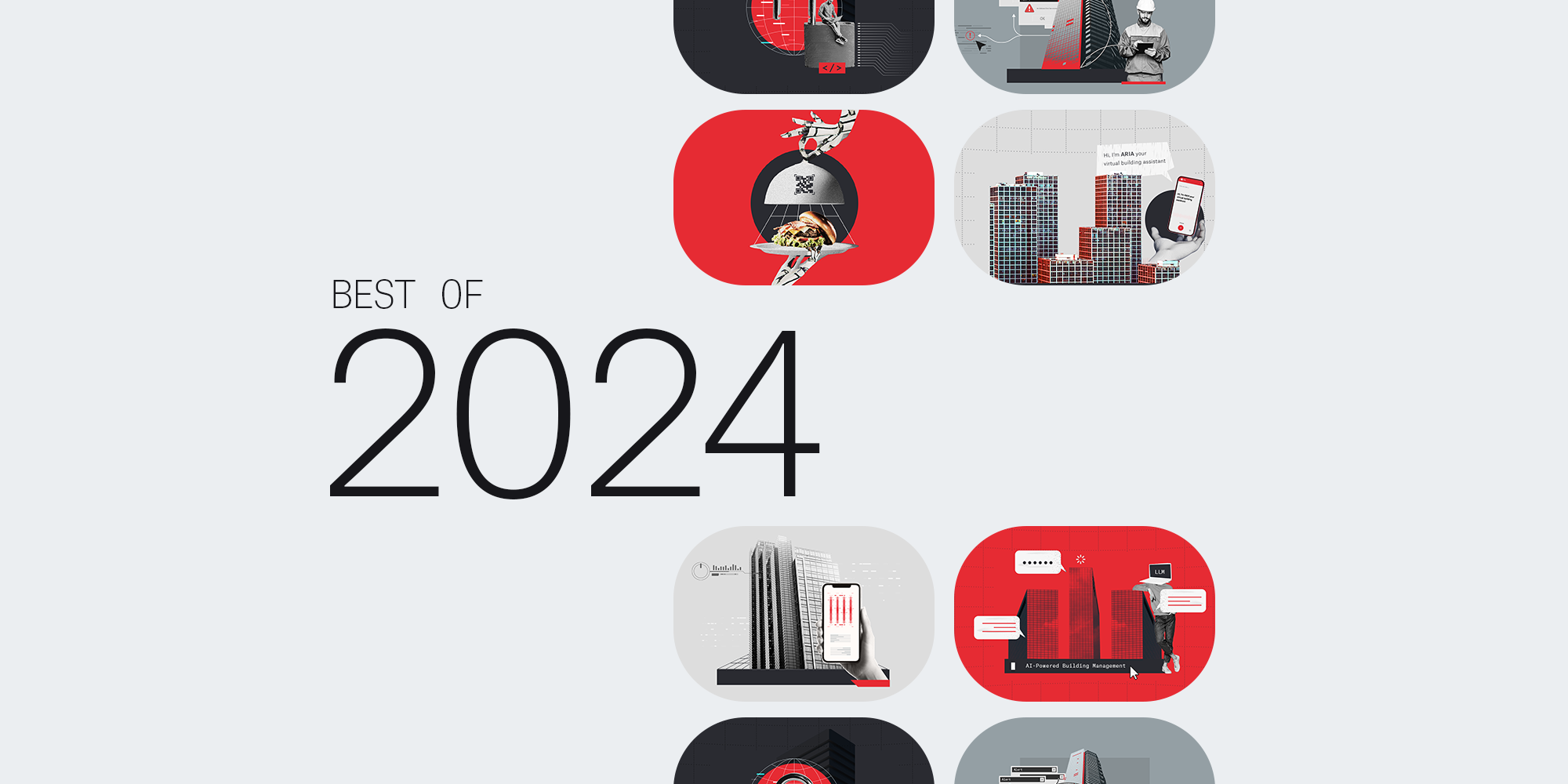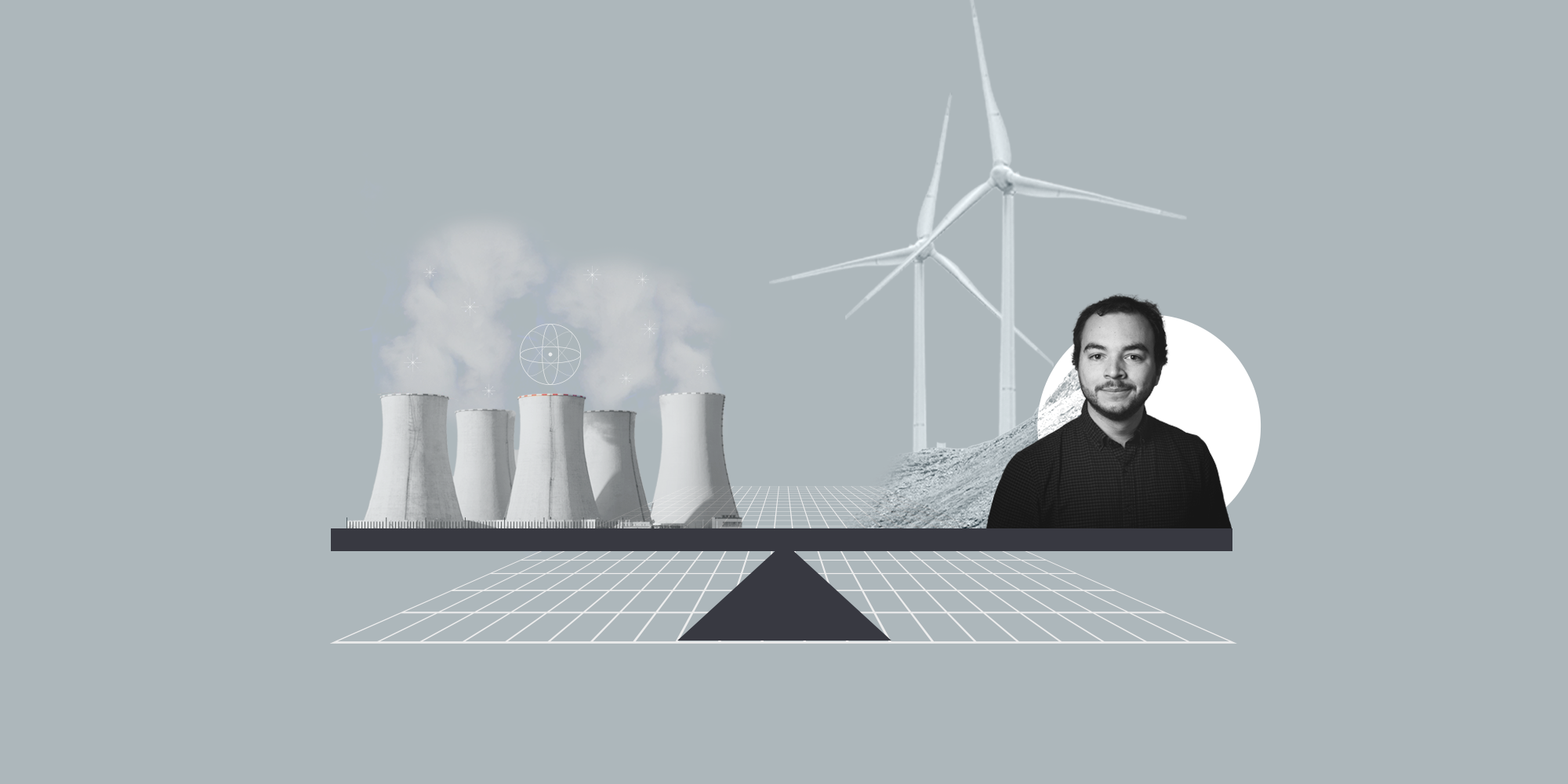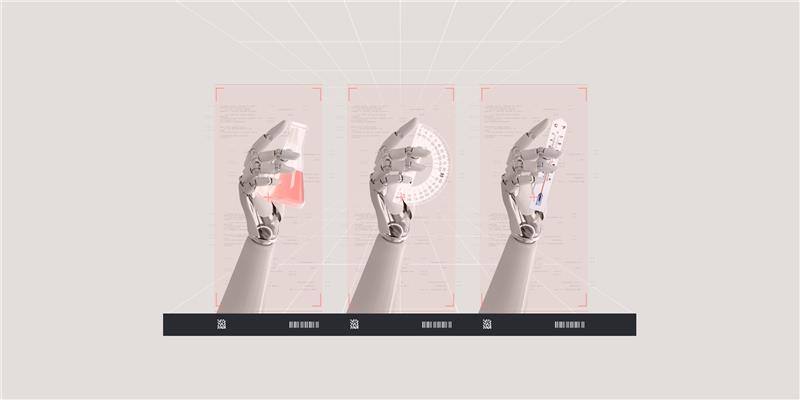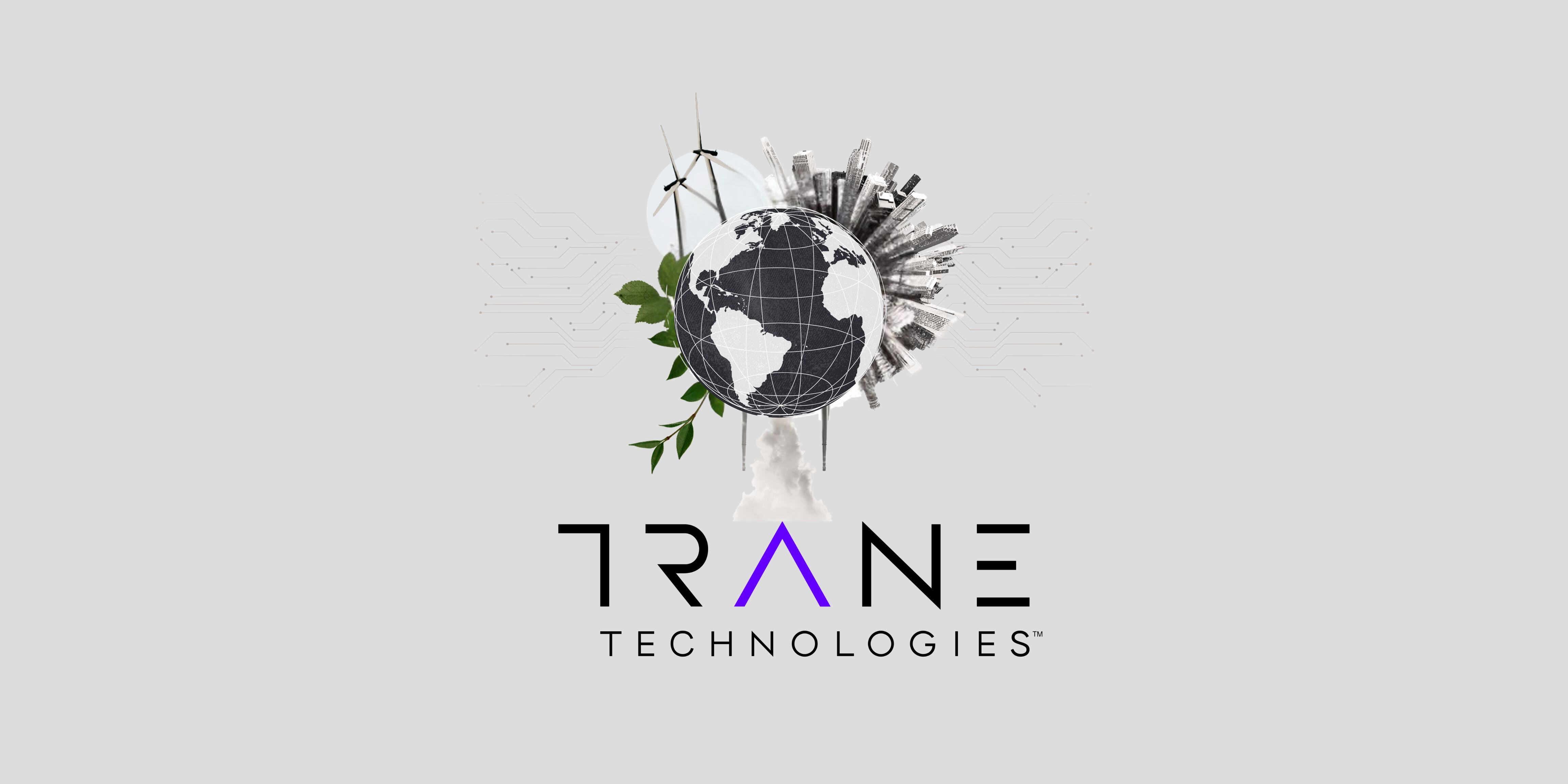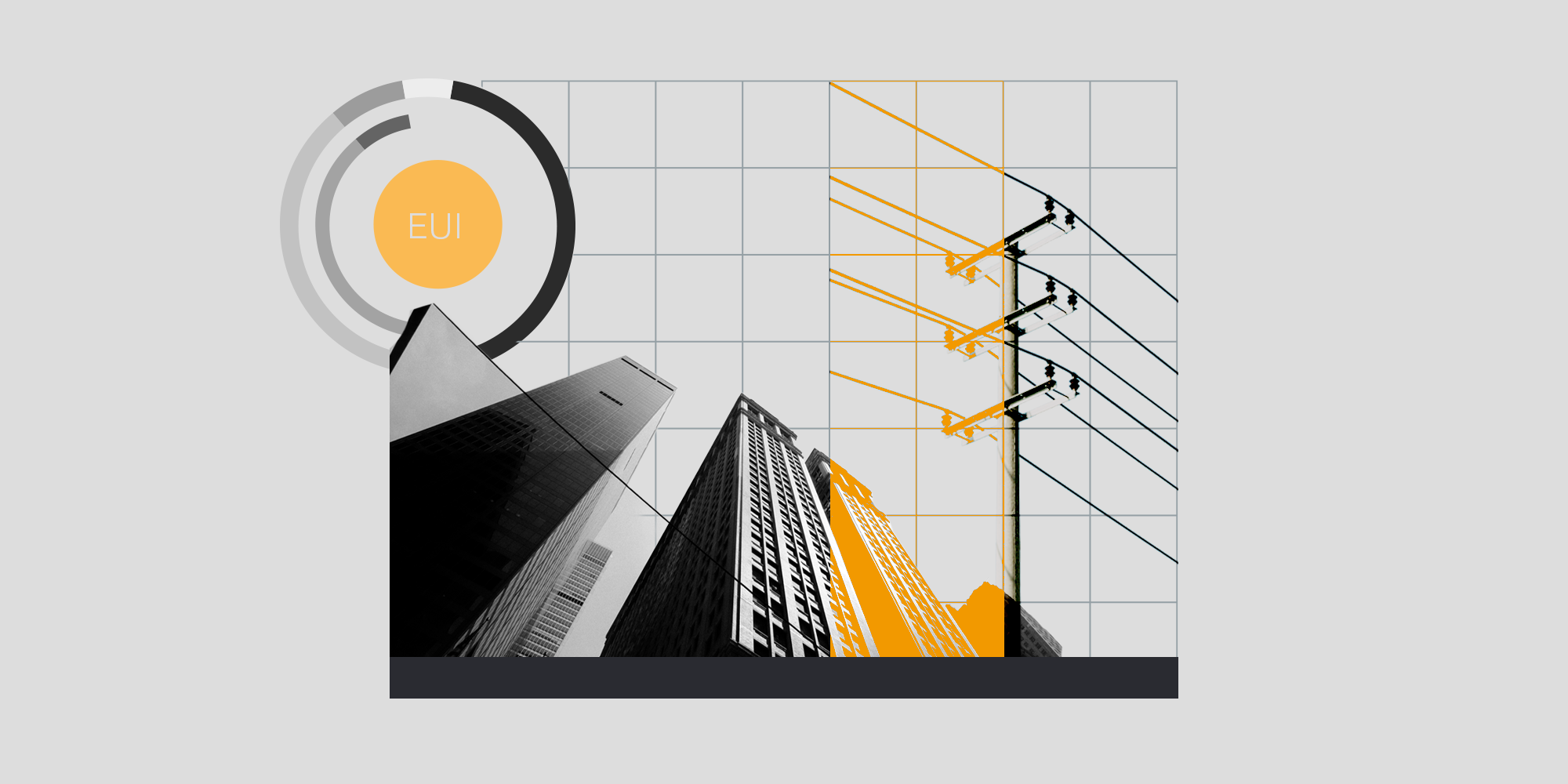3 choses à savoir sur le dernier règlement de construction de Montréal

3 Things to Know About Montreal’s Latest Building Bylaw
Montreal recently announced a regulation to reduce commercial and industrial buildings’ greenhouse gas (GHG) emissions as part of the city’s 2020-2030 climate plan. This is a smart move toward a more sustainable future for the city, especially considering that buildings are one of the leading emissions culprits. While many property owners may be worried about the cost of greenifying their buildings and the headache of recording their energy consumption data, with “plug-and-play” clean technologies, data collection and equipment upgrades can be simple – and could even end up saving owners money.
In this way, the bylaw could be seen by property owners not just as another regulatory curveball, but as an opportunity to improve their buildings while reducing costs and emissions. And it’s in this spirit that we’ve put together our top 3 takeaways for this new regulation:
1. The bylaw will be rapidly implemented
Starting next year, the bylaw will be implemented in phases over a 3-year period:
- In 2022, buildings of 15,000 m2 or more will be assessed.
- In 2023, the regulation will expand to include buildings of 5,000 m2, including buildings of 50 dwellings or more.
- In 2024, the regulation will include buildings of 2,000 m2 and buildings of 25 dwellings or more.
2. Building owners must disclose data and implement necessary changes
The city’s first step will be to gather data on buildings’ GHG emissions in order to construct a rating system to rank each building in terms of energy efficiency and to help set a benchmark for optimal efficiency goals.
To do this, the bylaw will require owners to disclose the forms and quantities of energy their buildings consume each year, necessitating careful cataloguing of energy expenditure. But this extra administrative duty isn’t the only thing building owners are concerned about. Some, such as Jean-Marc Dubé, senior vice-president of real estate firm Colliers International, say that owners of older buildings are at an immediate disadvantage. Talking to Global News, Dubé says that “older buildings… will obviously be the most affected because newer buildings probably have state of the art ventilation”.
Yet those who own older buildings with outdated, energy inefficient equipment need not despair. This is because investing in expensive retrofitting is not the only option to help meet the bylaw’s requirements. In fact, there are existing technologies that can help drastically reduce energy use with little cost or effort. BrainBox AI is an example of such a solution. Not only does it help gather and track energy consumption data, but it connects seamlessly to existing heating, ventilation, and air conditioning (HVAC) systems, rendering them intelligent, autonomous, and more energy-efficient.
3. This need not be daunting or expensive
In fact, simply installing devices such as BrainBox AI could end up saving owners money along with reducing their annual emissions, lengthening their equipment life, and boosting their tenants’ comfort.
That’s because BrainBox AI uses state-of-the-art technology to predict a building’s temperature zone-by-zone with 99.6% accuracy. Taking into account the building’s existing data, weather forecasts, occupancy rates, pollution levels, and utility tariffs, the solution automatically micro-adjusts every 5 minutes to save energy in real-time, meaning more consistent temperatures and continuous energy optimization.
Requiring no extra sensors and very little up-front investment, this little black box can connect to a building’s HVAC system in a matter of hours, going on to reduce its emissions by 20-40%, slashing annual energy bills by up to 25%, extending equipment life by up to 50%, and increasing occupant comfort by up to 60%.
Owners can now easily stay in control of their data and their equipment, as they receive feedback on their building’s energy output and the state of their equipment – taking the headache out of emissions tracking and equipment malfunctions.
A bylaw benefitting building owners, cleantech, and the environment
After all, the aim of this bylaw is to encourage building owners to better manage and reduce their energy consumption. Considering that buildings account for 6% of Montreal’s total GHG emissions, regulations like these could go a long way toward meeting Mayor Valerie Plante’s goals of cutting the city’s building emissions in half by 2030 and achieving carbon neutrality by 2050.
“This new bylaw catalyzes climate action and encourages building owners to upgrade their energy inefficient equipment, bringing commercial real estate up to date with technological advances. This is good news for the environment. It’s good news for cleantech companies offering cost-effective energy emissions solutions. And it’s good news for building owners looking to comply without shelling out a fortune to get there,” says Sam Ramadori, President of BrainBox AI.
Find out how BrainBox AI can help you comply with building emissions bylaws

